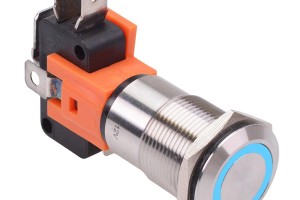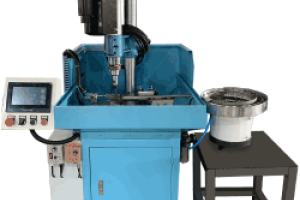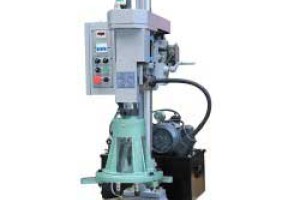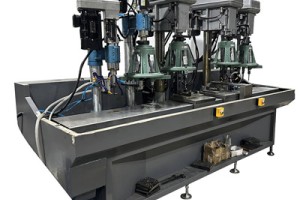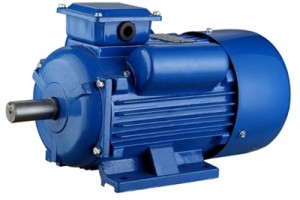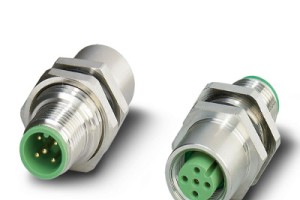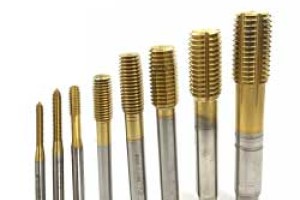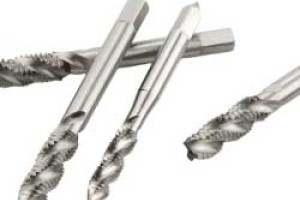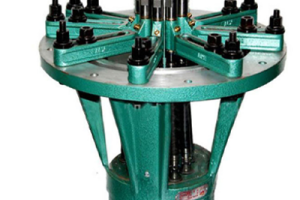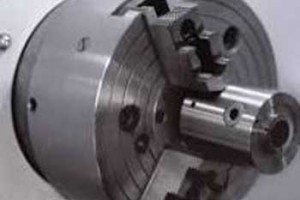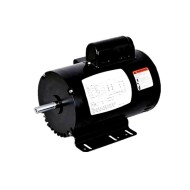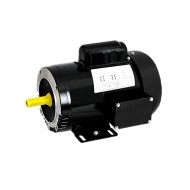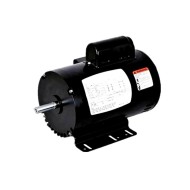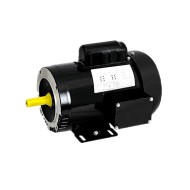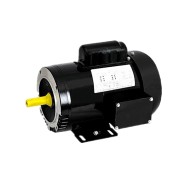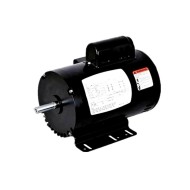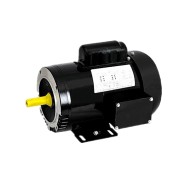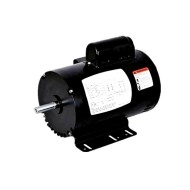
- Stock: In Stock
- Model: SCJ009511
- SKU: SCJ009511
Available Options
Ask a Question About This Product
- Description
3/4 hp NEMA AC Induction Motor Split Phase 115/230V ODP/TEFC
Brief
Description
56 frame split phase AC electric induction motor or asynchronous motor, 3/4 hp output power, 1725 rpm speed, NEMA design B, full load current 8.8 amps at 115V, 4.4 amps at 150/230V. Highly compact and rigid in order to deflect any deflection during operation.
3/4 hp Induction Motor Specification
| Basics | Model | SCJ009511 | SOCOJERS344T01 |
| Enclosure | ODP | TEFC | |
| Type | General Purpose Asynchronous Motor | ||
| Item Weight | 25 Ibs | ||
| Motor Length | 12.7 inch | ||
| Frame | 56 Frame | ||
| Design | NEMA Design B | ||
| Certification | CE, UL | ||
| Motor Material | Roll Steel | ||
| Technical Parameters | Service Factor | 1.25 | |
| Horsepower | 1/2 hp | ||
| Rated Frequency | 60 Hz | ||
| Phase | Split Phase | ||
| Pole | 4 pole | ||
| Voltage | 115/230V AC | ||
| Full Load Amps | 8.8/4.4A | ||
| Speed | 1725 RPM | ||
| Efficiency | 73% | ||
| Duty | Continuous | ||
| Isulation Class | Class F | ||
| Protection Class | IP54/ IP55 | ||
| Mounting Method | Foot Mounted | ||
| Environment | Ambient temperature | -15℃≤θ≤40℃ | |
| Altitude | Altitude should be lower than 1000 meters above sea level | ||
3/4 hp Induction Motor Dimension

Unit: inch
| Frame Size | AB | BA | Max A | Max B | C | D | E | 2F | H | N | N-W | O | P | R | S | U | Min V | Min ES | Min AA |
| 56 | 5.6 | 2.75 | 6.5 | 4.2 | 11.4 | 3.5 | 2.44 | 3 | 0.34 | 2.4 | 1.88 | 6.7 | 6.45 | 0.517 | 0.188 | 0.625 | 1.5 | 1.41 | 1/2 |
NEMA AC Induction Motor Connection Diagram

Details

Tips: Faults of AC Induction Motor
The faults of AC induction motor are generally divided into two parts: One part is the mechanical reason, such as the damaged bearing or fan blade. The other part is the electromagnetism fault. The two are correlated. For example, the bearing damage will probably cause motor overload or even short circuit. The damage of the fan blade enables the motor winding to have difficult heat dissipation, increased temperature and low insulation. There are many reasons for electromagnetism fault. For example, motor overload, short circuit or voltage shortage can cause motor damage, in which, short circuit is more dangerous. In addition to the above, the reasons causing motor fault still include the following reasons:
- Too high ambient temperature, poor dissipation condition.
- High starting current of the motor or too long starting time.
- Long-term low-speed operation of the motor.
- Frequent starting and braking and so on of the motor.
- Reviews
